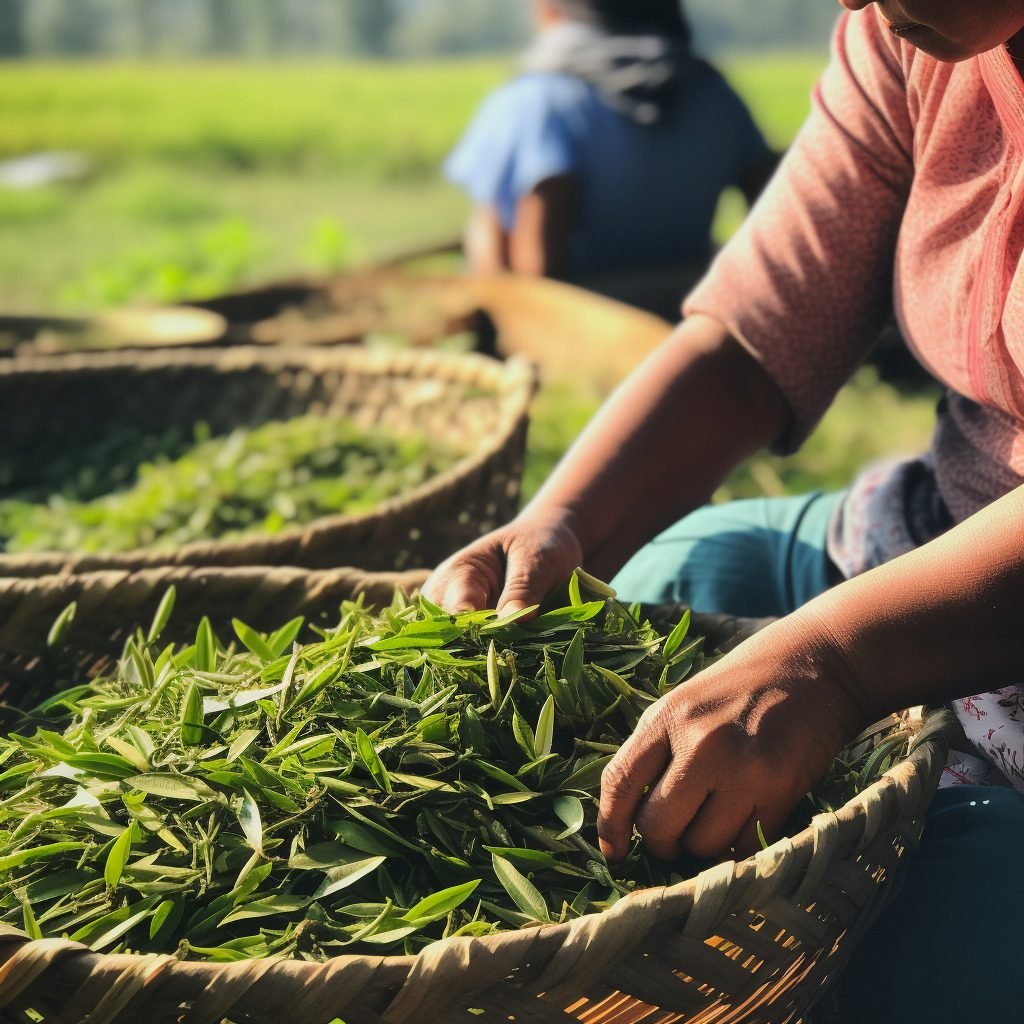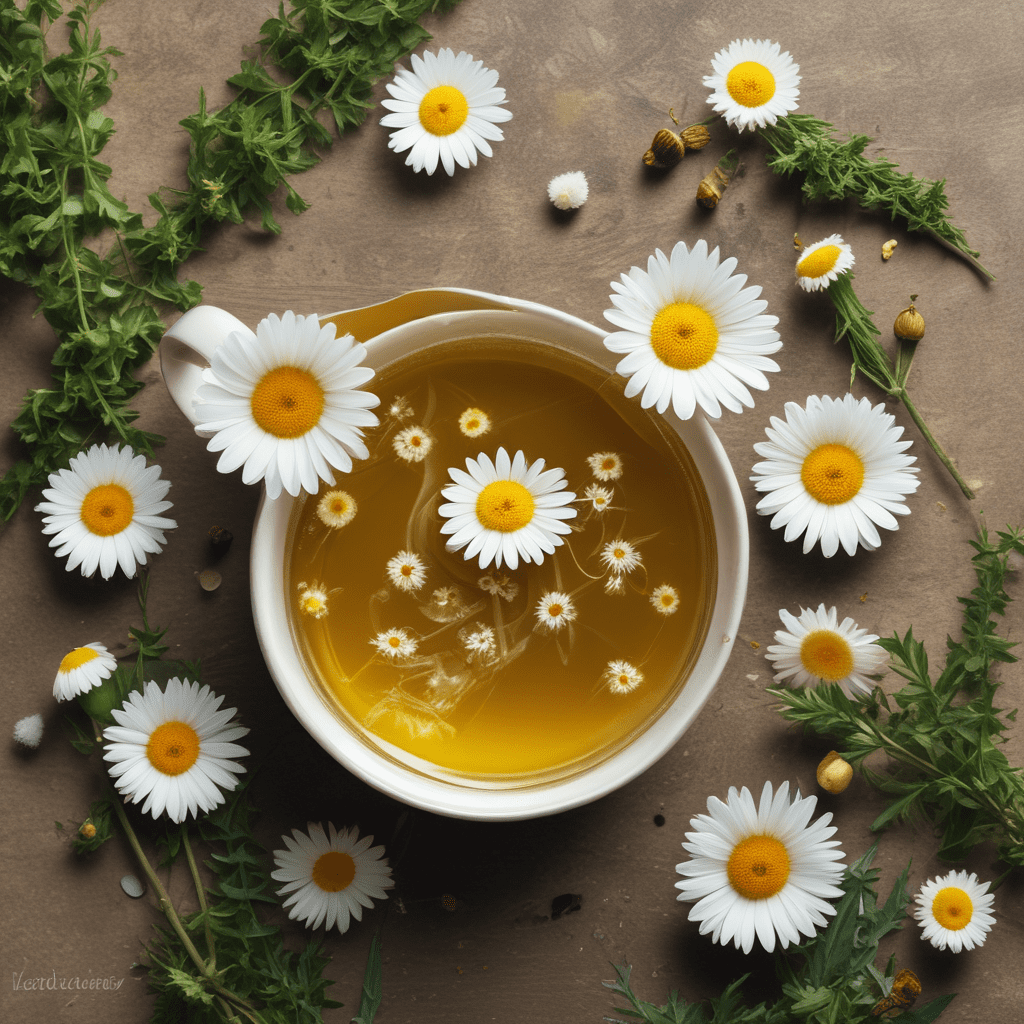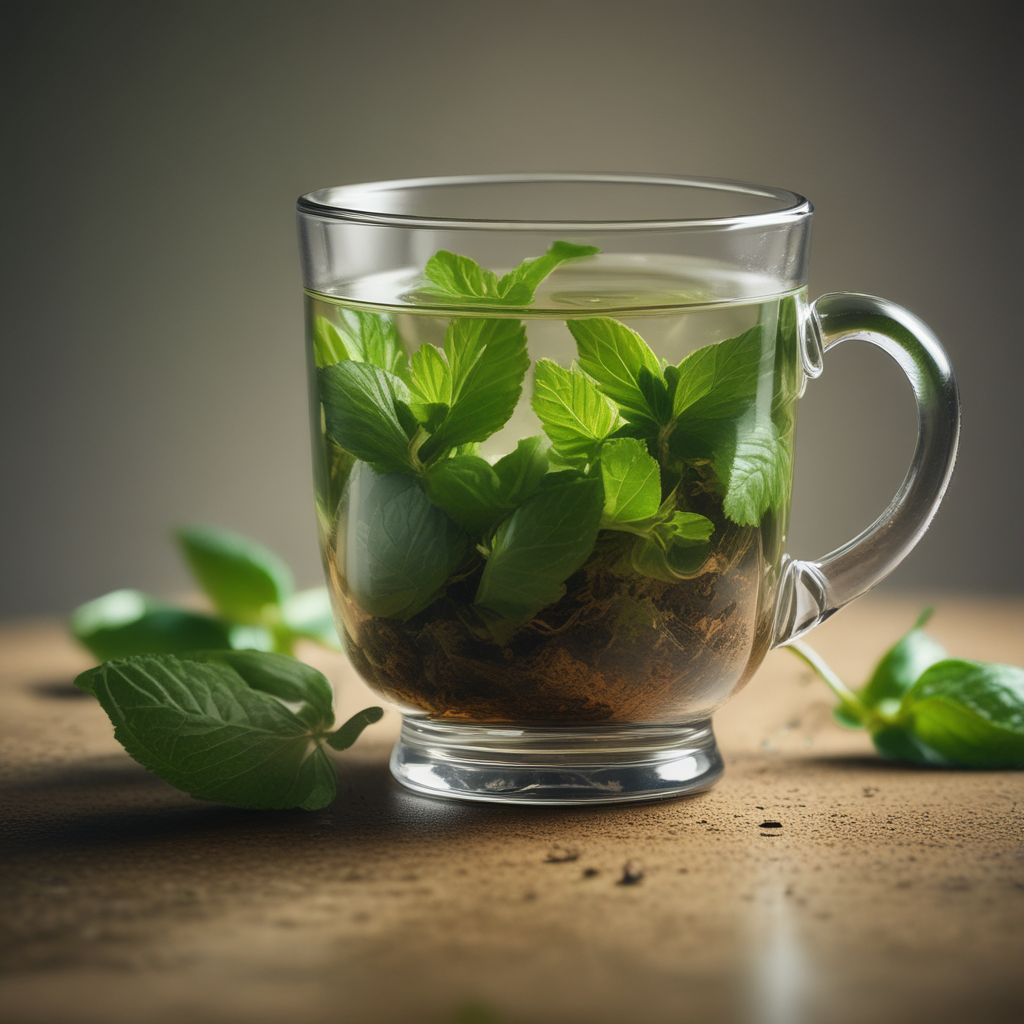Harvesting the Best Assam Tea: A Guide To The Process
Introduction:
When it comes to tea, Assam is a name that holds great significance. Known for its rich and robust flavor, Assam tea is a favorite among tea enthusiasts worldwide. But have you ever wondered how this exquisite tea is harvested? In this article, we will delve into the key elements of Assam tea harvesting, provide tips to ensure the best quality, and discuss how to incorporate Assam tea harvesting into your tea-making routine.
Key Elements:
- Region and Climate:
Assam tea is named after the northeastern state of India where it is predominantly grown. The region’s unique climate plays a crucial role in the distinctive flavor of the tea. Characterized by high humidity and frequent rainfall, the weather conditions create the perfect environment for tea cultivation. The lush green tea gardens spread across the rolling hills of Assam symbolize the importance of this region in tea production. Varieties of Assam Tea:
Assam tea primarily comes from the Camellia sinensis var. assamica plant. This variety is known for its large leaves and strong, malty flavor. Within the Assam tea category, there are several grades that vary in size, appearance, and quality. From whole leaf teas to broken leaf teas and fannings, each grade offers a distinct taste profile.Plucking and Processing:
Assam tea leaves are hand-plucked by skilled workers. The plucking process involves selectively picking the top two leaves and a bud from the tea plant. These young leaves have the highest concentration of flavor compounds. After plucking, the leaves undergo processing, which includes withering, rolling, fermentation, and drying. Properly harnessing these steps is crucial to preserve the unique taste and aroma of Assam tea.
Tips for Assam Tea Harvesting:
- Optimal Harvesting Time:
The timing of tea leaf plucking significantly affects the flavor. For the best quality Assam tea, pluck the leaves during the second flush. This period, which usually falls between May and June, is known for producing tea with a well-rounded, malty flavor. Consider Grade and Price:
Assam tea is available in various grades, ranging from premium whole leaf teas to more affordable broken leaf teas. While whole leaf teas offer a higher quality experience, broken leaf teas are great for everyday brewing. Consider your budget and preferences when selecting a grade.Experiment with Blends:
Assam tea is a versatile ingredient that can be blended with other teas or herbs to create unique flavors. Try blending it with black teas from other regions or adding a hint of spices like cardamom or cinnamon for a refreshing twist.
Incorporating Assam Tea Harvesting:
- Choosing Assam Tea:
When purchasing Assam tea, opt for loose leaf varieties for a more authentic experience. Loose leaf teas provide better flavor extraction and allow you to appreciate the full range of aromas. Brewing Assam Tea:
To brew the perfect cup of Assam tea, use boiling water and steep the leaves for 3-5 minutes. Adjust the steeping time based on personal preference, as longer steeping times result in a stronger, more robust brew.Pairing Assam Tea:
Assam tea’s bold flavor pairs wonderfully with milk, making it a perfect choice for traditional milk tea or chai. For a unique taste, try pairing it with desserts like chocolate cake or scones.
FAQ about Assam Tea Harvesting:
Q: Is Assam tea only grown in Assam?
A: Yes, Assam tea is predominantly grown in the Assam region of India due to its favorable climate and soil conditions.
Q: Can I grow Assam tea in my garden?
A: While it is challenging to replicate the exact conditions needed for authentic Assam tea, you can attempt to grow it in regions with similar climates and soil compositions.
Q: What makes Assam tea different from other black teas?
A: Assam tea is known for its strong, robust flavor profile, which sets it apart from other black teas. It has a malty taste with hints of caramel.
Q: Does Assam tea contain caffeine?
A: Yes, Assam tea contains caffeine. It is often recommended for those seeking an energizing beverage to start their day.
Q: Can Assam tea be enjoyed without milk?
A: Absolutely! Assam tea can be enjoyed both with and without milk. Experiment with different brewing techniques and find your perfect cup.
Conclusion:
Assam tea harvesting is a fascinating process that combines the unique climate of the Assam region with skilled craftsmanship. By understanding the key elements and following the tips provided, you can ensure the best quality Assam tea for a delightful tea-drinking experience. Whether you enjoy it plain or with milk, Assam tea’s bold and malty flavors are sure to leave a lasting impression on your palate. So go ahead, embrace the art of Assam tea harvesting, and savor the essence of this remarkable tea.



